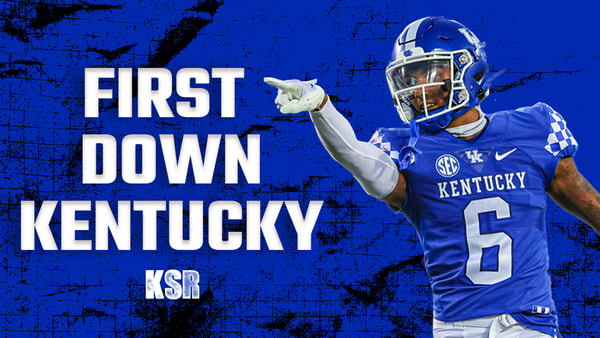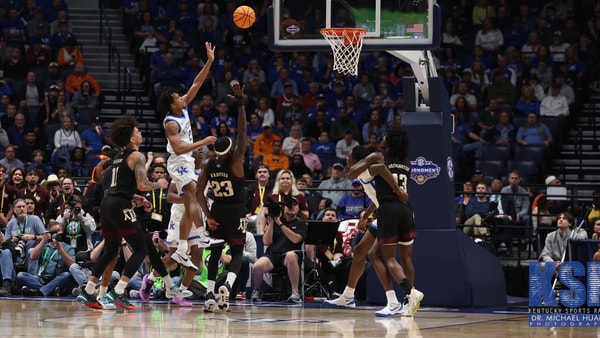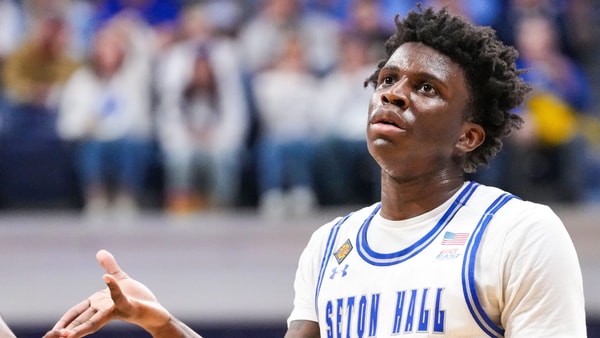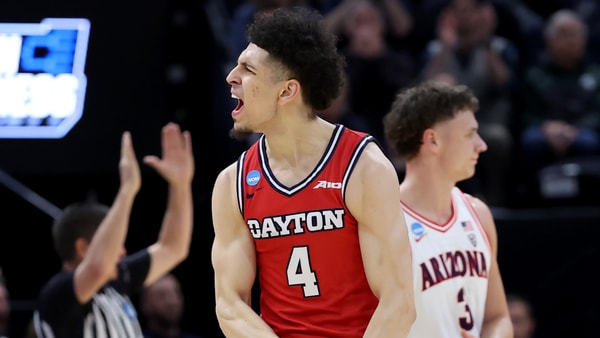The Best of the (Virtual) 2021 Sundance Film Festival
The streets of Park City were mostly empty this year as the 2021 Sundance Film Festival was moved mainly online this year. No puffy jackets, no trekking up Main to the Egyptian Theater in thin air or chatting with other festival-goers to find what’s catching any audience buzz. For four straight days my home became a virtual Sundance, screening a whopping twenty movies and eighteen short films over about 96 hours. Daunting? Yes. But with a noticeable absence of new movies over the past year, it was welcome. Last February’s Sundance marked my last official trip anywhere so it was easy to dive back one year and one pandemic later. Were there some gems in the mix? Yes, as always. Were they all winners? God, no. But that’s part of the fun. Screening a film that has no trailer (sometimes one sentence of summary is all you get to choose a film on) is exhilarating, and this year was no exception. So now — not that any of you asked for this, and surely I’ll hear about it in the comments — I’m pleased to present some films to watch for over the next year.
CODA
CODA (the title is derived from the acronym meaning Child of Deaf Adults) was far and away the greatest of this year’s crop, hands down. The story of an aspiring singer torn between following her dream of attending the Berklee School of Music and staying in northeastern Massachusetts to help her deaf family start their own fishing co-op isn’t just a touching story, it’s handled with a lot of humor, warmth and care. CODA took home a stunning amount of awards, including the Grand Jury Prize for U.S. Drama, the Audience Prize, a director’s award and an award for the entire ensemble (which included deaf actress and former Oscar-winner Marlee Matlin). Apple+ ponied up a LOT of money ($25 million!) to buy this film, which has Academy Award potential stamped all over it. Every year Sundance has a movie you’re definitely going to hear a lot about, and it’s likely CODA is that film for 2021.
Summer of Soul (…or, When the Revolution Could Not Be Televised)
This documentary about the Harlem Cultural Festival — often known as the “Black Woodstock” and held in a New York City park for six Sundays between June and August 1969 — features a killer lineup of musicians gathering during a pivotal moment in African American history (and humanity’s history as on one of these days we literally landed on the moon). Come for a Stevie Wonder drum solo and stay for the stunning Mavis Staples/Mahalia Jackson gospel duet in rare footage of a music event heretofore little talked-about but endlessly impressive. Directed by Amir “Questlove” Thompson — a guy who knows a thing or two about music and, apparently, putting a film together as well — Summer of Soul hit big with Sundance audiences and took home both the Grand Jury Prize for Documentaries and the Audience Award for U.S. Documentaries. Also featuring sets from Gladys Knight, Sly and the Family Stone, Moms Mabley, B.B. King and Nina Simone, I haven’t seen a good grainy, real-deal concert film like this in a long time. They don’t make ’em like this anymore.
Street Gang: How We Got to Sesame Street
What Won’t you Be My Neighbor did in terms of sentimentalizing the legacy of Mr. Rogers in 2018, so the Street Gang documentary does for the legendary Children’s Television Workshop. Presented less as a “wasn’t Sesame Street great?” and more “literally no one in media has ever seen something so selfless,” the story of Jim Henson, Carol Spinney and company tells the story of a team of radical artists and educators with a mission — let’s just do something for kids, not for money — and how that insanely non-capitalist idea became a cultural institution. Look, I’m not going to say that rewatching a scene where Gordon, Maria and Bob explain Mr. Hooper’s death to a childlike Big Bird brought me to tears, but I’m not NOT saying that. So stop judging me, alright? I’m allowed to feel what I feel.
The Sparks Brothers
It didn’t win any major awards, but one of my favorite films in this year’s festival belonged to Baby Driver and Shaun of the Dead director Edgar Wright, stretching his talent into the documentary world with the story of Russel and Ron Mael — otherwise known as the band Sparks — and their forty year musical career of re-invention and creativity. Perhaps the most surprising thing about this film for me is how I had literally never heard of these guys, and as I started asking around I couldn’t find any friends who’d ever heard of them, either. But here they are, on MTV and American Bandstand and French talk shows, almost literally Zeligs of the music industry. Since I saw this film I’ve been on a Sparks tear, making up for lost time. I’m not sure where this will end up, but eventually you’re going to come across it, and you should watch it. It’s really weird and an awful lot of fun.
On the Count of Three
I don’t know where a movie like On the Count of Three will end up, but it should end up somewhere. It’s probably not marketable for theaters, and it might fall through the cracks on a platform like Netflix — but this buddy flick starring comedian Jerrod Carmichael (who also directed) and Christopher Abbott (great in Hulu’s Catch-22) as maladjusted friends spending a last day together righting personal wrongs with no repercussions before committing double suicide at the end of the day is tightly written and just long enough. The film won a screenwriting award, and someday you’ll probably see it pop up on a streaming network. When you do, remember that it’s a decent watch. (You probably won’t remember this.)
Cryptozoo
This animated film about a globetrotting woman who spends her life defending mythological animals from hunters sounded like something my kids might enjoy. Then, three minutes in, I very narrowly escaped them seeing an animated Michael Cera’s ding-dong. It was a close one. Obviously this is NOT a children’s movie, but it’s alright, and very artsy-looking. It also, oddly, partly takes place in Maysville, Kentucky — my hometown — so if anyone knows anything about this, please hit me up. They didn’t take any of my many questions during the virtual filmmaker Q & A afterwards, so I may never know the answer to my questions.
Flee
It’s been a while since a movie struck me so powerfully it made me rethink things I thought I knew, but Danish director Jonas Poher Rasmussen’s Flee, which won the World Cinema Grand Jury Prize, was an affecting movie that put a face on the plight of refugees that I’d never seen on film. It’s a true story told by a young Afghan (the film is animated to protect his anonymity) and the many horrible obstacles his mother and siblings endure while trying to find safe passage to safer horizons. This movie literally made me want to volunteer with refugees in my own community. It humanizes the experiences so many go and have gone through and is deeply moving and satisfying. It’s hard not to watch a film like Flee and wonder if you personally would ever have the mettle to persist through a gauntlet like this — and admire those who’ve emerged from these hells.
R#J
Destined to be shown to high school classes around the country for the foreseeable future, filmmaker Carey Williams has updated the 1492 tale of lovers’ woes to a digital 2021, depicting the entire tragedy of Romeo and Juliet through the social media lenses of Instagram, Twitter, text messaging and iPhone movies. The result is only as successful as you have the toleration for (I loved it, but I’m also a Shakespeare-head), and though Williams monkeys with the ending it’s still mostly a high-concept exercise that proves the Bard’s universality.
Censor
Midnight Sundance screenings are traditionally reserved for the bloodier, more horrific features and none I saw this festival was bloodier than Censor, the story of a woman whose job it is to cut pieces from horror films deemed too violent or gruesome for audiences and who begins to see threads of her missing sister in a particularly sinister piece of celluloid. It’s a nasty little story illustrating the fine line of demarcation between watching too much violence and watching so much it begins to affect your mind. Here’s another you might pick up on a Hulu or Netflix, and if you gravitate towards the scary you could do worse.
————-
Some of the rest of the good and bad from Sundance:
Eight For Silver – an English drawing-room werewolf mystery which, while effective, trods little new ground.
Try Harder! – a documentary about San Francisco’s Lowell School and the self-proclaimed “nerds” obsessed with admission into the top-tier colleges of their choice.
Misha and the Wolves – A riveting documentary about a holocaust survivor and author who may or may not be fabricating her entire story for the sake of fame. A great story about, well, stories.
Weirdo Night – A short documentary on performance artist Dynasty Handbag and her weekly live comedy revues, which took place in an empty theater for no one during much of the pandemic. Absurd, cringe esoteric humor abounds, but you gotta love the commitment.
Mother Schmuckers – Literally the worst movie I’ve ever seen at Sundance and maybe in the running for one of the worst I’ve ever seen, period. This Dumb-and-Dumber-esque piece of garbage features two brothers who at one point fry their own feces in a skillet. It’s awful, and I like awful. They’re not all winners, folks!
How it Ends – An ensemble piece in which a Los Angeleno traverses the city with her younger metaphysical self on the day a meteor is going to destroy the earth. Bradley Whitford, Fred Armisen, Charlie Day and Olivia Wilde all pop up during her day-long trek, but it’s Lamorne Morris (Winston from New Girl) who flat out owns this movie in a killer ten minutes. Slight but fun.

















Discuss This Article
Comments have moved.
Join the conversation and talk about this article and all things Kentucky Sports in the new KSR Message Board.
KSBoard